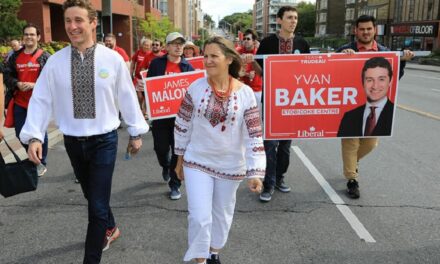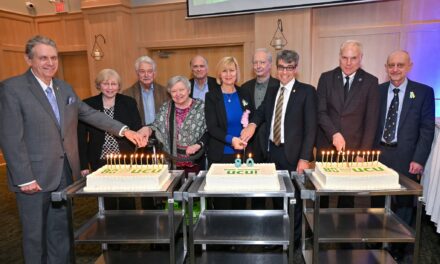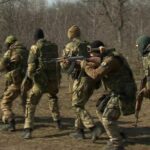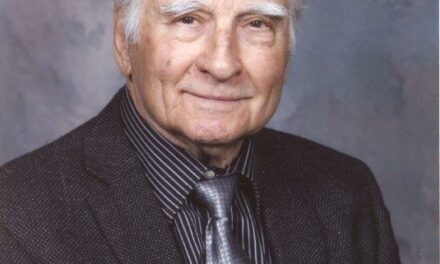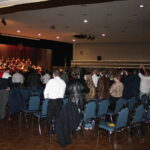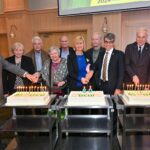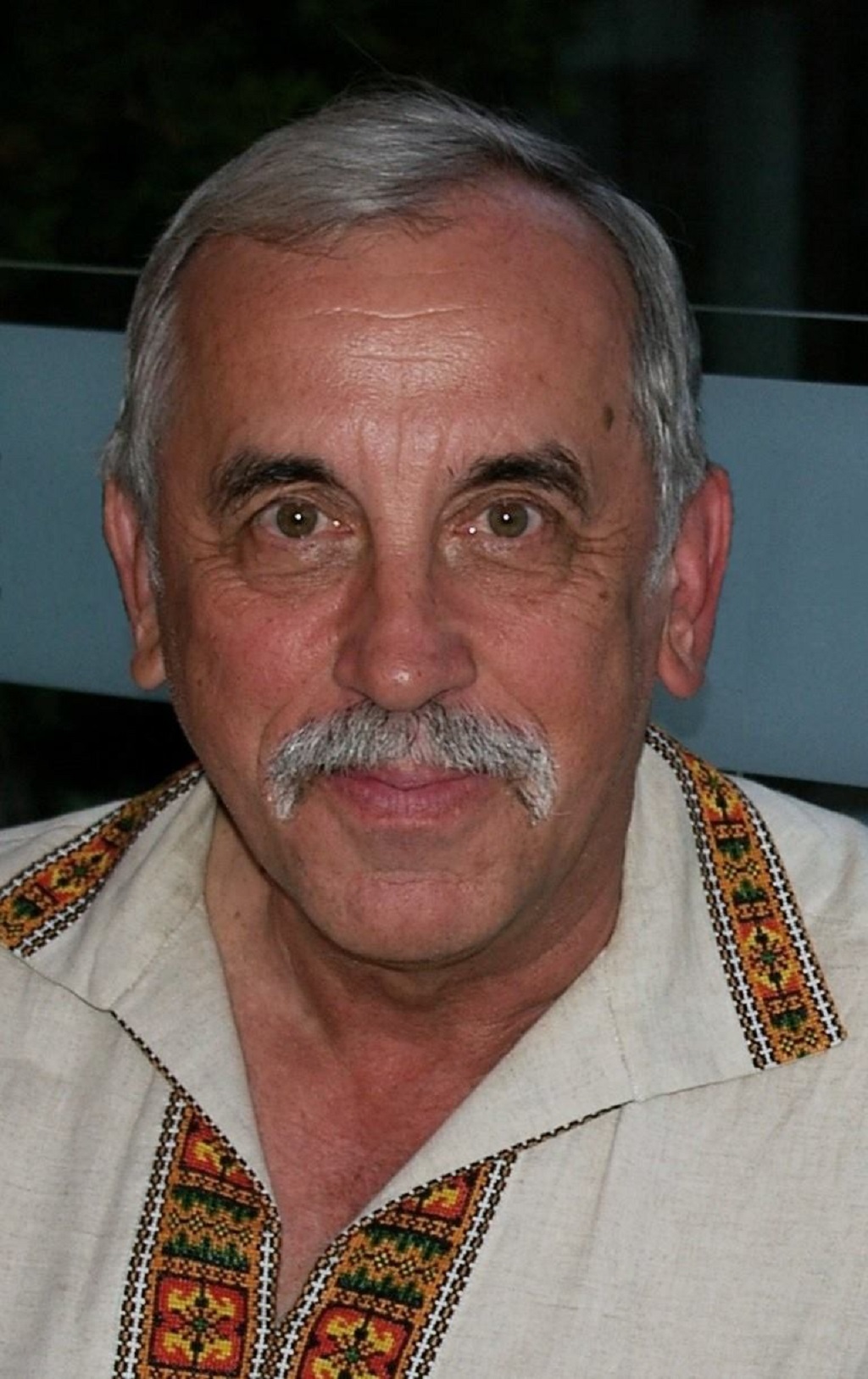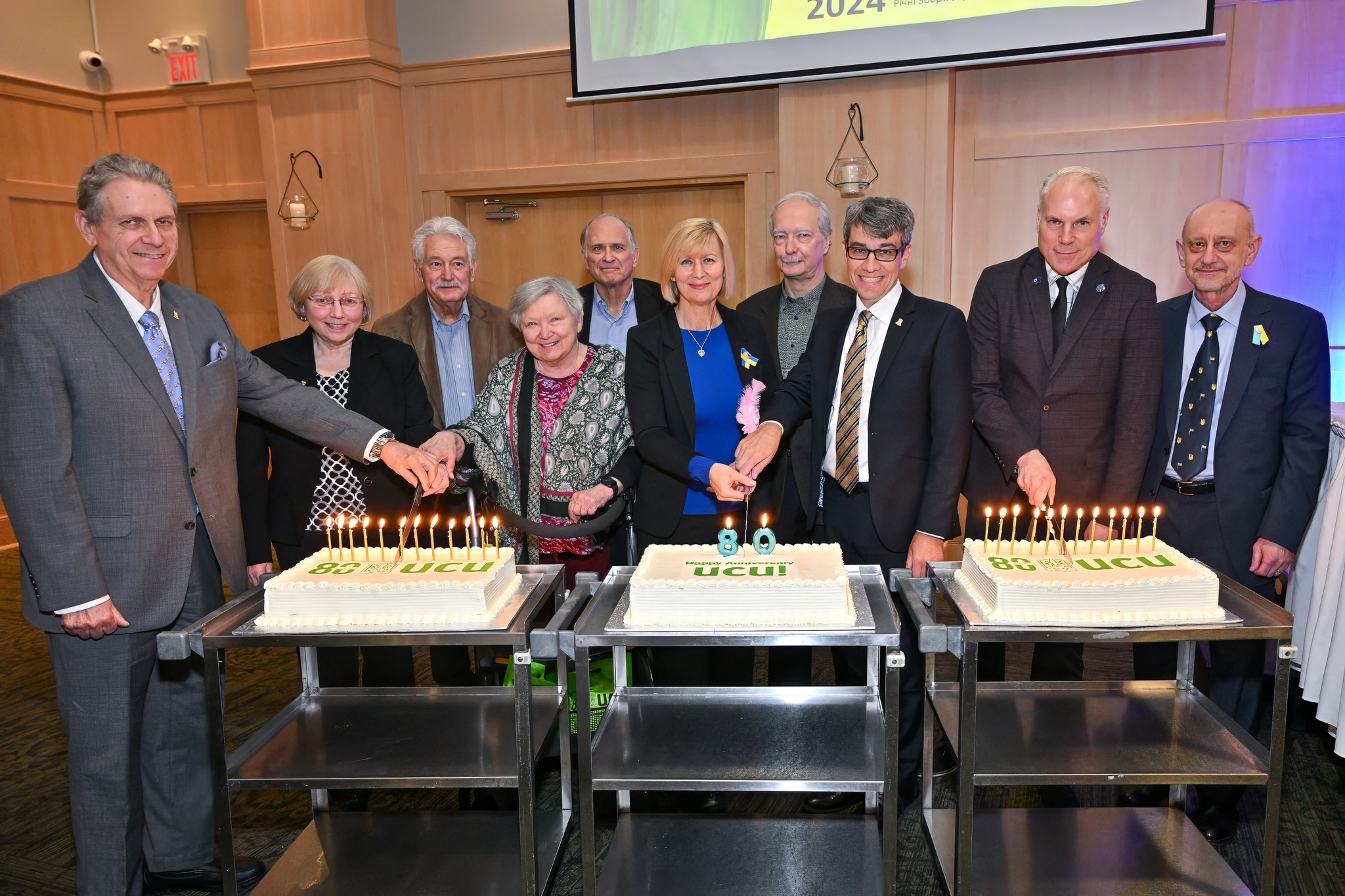This is a big week in the Ukrainian calendar, as we celebrate Easter with a panoply of rituals and traditions that go back centuries, if not millennia. I am writing this on Palm Sunday (Verbna Nedilia – literally Willow Sunday)) which commemorates the entry of Jesus Christ into Jerusalem, where he was welcomed by his believers who spread palm branches in front of him as he entered the city.
As the climate in most of Ukraine is not exactly hospitable to the growing of palms, Ukrainians replaced palms with willow branches. Willows are common throughout Ukraine and their flowering buds are one of the early harbingers of spring and the new life that the season brings. Sometime in centuries past, Ukrainians added their own spin on the Palm Sunday traditions by using the newly blessed willow branches to symbolically “hit” each other for good luck after the church service. I remember as a youth being perhaps a little overzealous with the “hitting” part of the tradition, earning me the withering stare of both the priest and my parents. At that age, I was not yet indoctrinated fully into paying due respect to ancient traditions.
The week that followed Palm Sunday was an unusually busy one, dedicated to preparing for the Easter weekend to come. This involved three main tasks – the baking of “Paskas” (the traditional Ukrainian Easter bread), the making of intricately designed Easter eggs, and the preparation of the Easter baskets, full of traditional Ukrainian foods, which were to be blessed at the church following the Easter service. For my mother, these were sacred duties passed down through the generations, in which everyone took part. Even my father, who was somewhat agnostic and not particularly religiously inclined, supported these efforts as being important aspects of Ukrainian culture worthy of preservation.
Easter was not the only annual event that carried with it a complex suite of rituals and traditional practices that reflected important events and beliefs that we inherited from our distant ancestors. The observance of Christmas, the celebration of seasonal equinoxes, the commemoration of important historical events and the vast array of religious holidays and Saint’s days, all brought with them a well-defined collection of ritual requirements that all good Ukrainians were obligated to perform. They were an important and essential part of what it meant to be Ukrainian.
I have often wondered why here in the diaspora, where we live such radically different lives from those of our peasant ancestors, these traditions are still so faithfully maintained. For instance, it always seemed to be an enigma to me why at Easter each year, I would see people come after the service with their baskets to be blessed who never otherwise came to church on Sunday the rest of the year. Their religious motivations were obviously suspect, yet they were still drawn to take part in a ritual that held some importance in their lives. What was it that spurred them to come?
I think the answer lies in what I like to call the “Shadows of Forgotten Ancestors” effect. Ukrainians have a long and troubled history. Although we know the names and stories of the main protagonists of our eventful past, we typically know very little of our own hereditary ancestors beyond one or two generations. There are few if any written records, or pictures or diaries to shed light on who they were, what they did, or what their personalities were like. I know the broad outlines of my father’s and mother’s personal histories. Of my grandparents or great-grandparents, I know very little except their names and where they lived. Beyond those generations, I know next to nothing, and I suspect that most of those of my age and generation in the Ukrainian community are in the same boat. The only legacy we have of all those prior generations is the vast collection of traditions and rituals that they passed down through example and word of mouth. Those rituals and traditions are the only real tangible tie we have to our personal family histories. They form a chain of continuity that bridge the centuries and establish a cultural foundation that plays an important role in our psychological and emotional well-being. Our present only makes sense when seen in the context of our past.
As we observe these long-held traditions, we are paying homage to our roots and reinforcing our ties to those ancestors whose lives, trials and tribulations led to our own existence. Though we may not have personal individual memories of them, the rituals provide us with a comforting, communal, symbolic set of memories that are of significant importance to our spiritual well-being. We should keep this in mind as we make our own journeys through life, hopefully adding our own contributions towards enhancing this
legacy.
Share on Social Media








